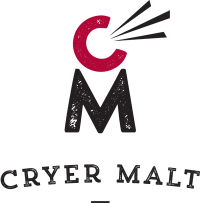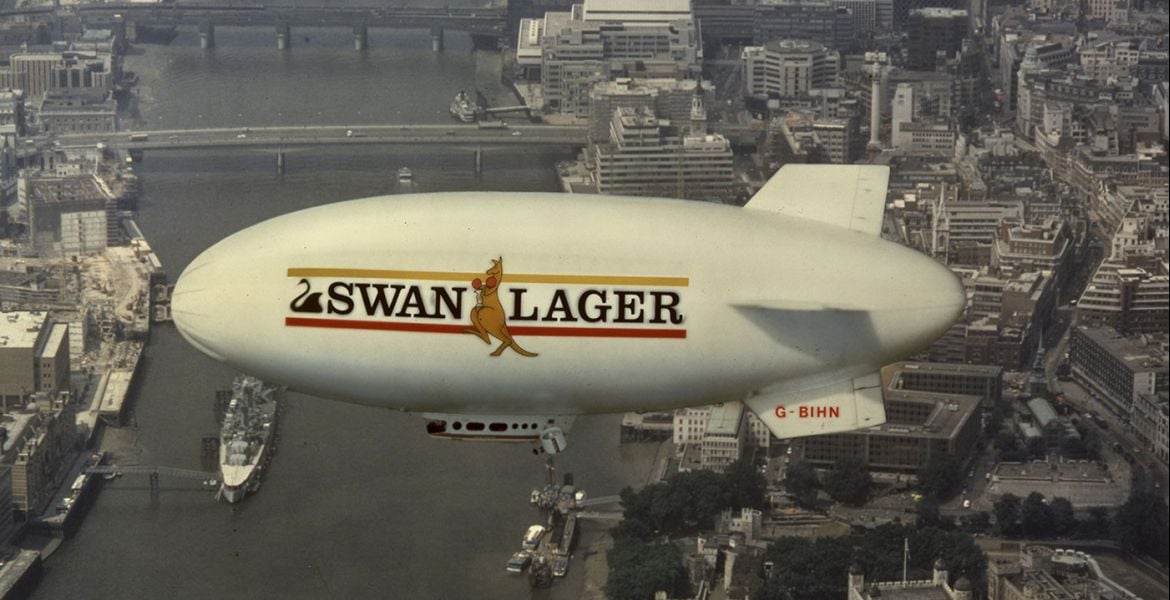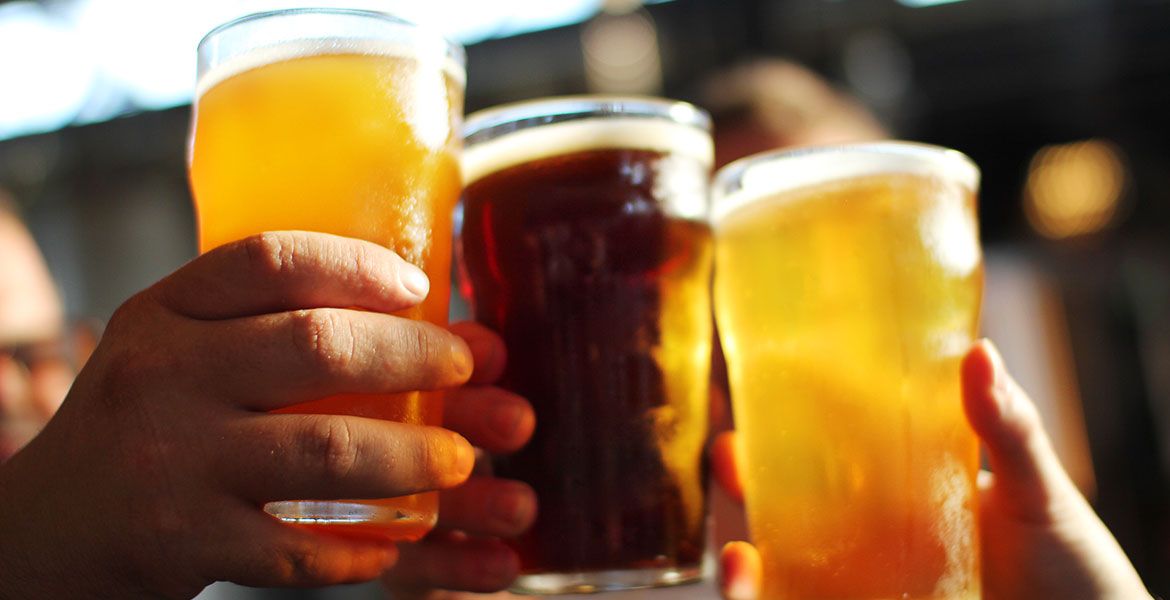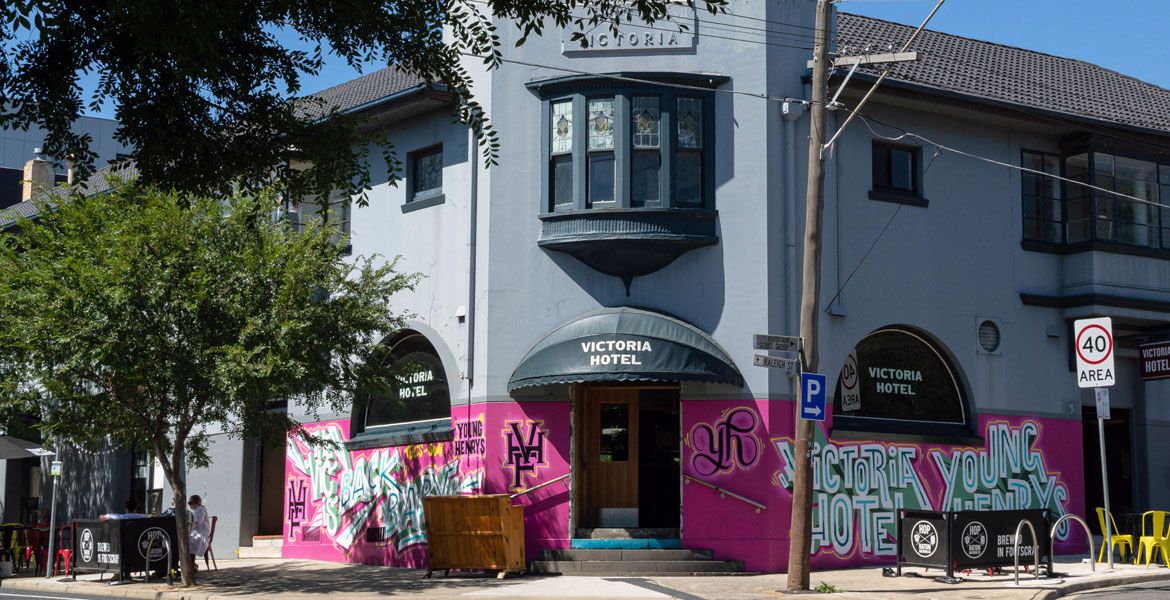Sometime during the second half of the fifth century, a teenager from Roman controlled Britain was kidnapped by a group of Irish pirates and sold into slavery. The boy, today widely known as Patrick, came from a wealthy family and had little interest in religion.
After his capture, his interest in religion soon changed, with Patrick beginning to pray regularly and eventually hearing what he believed to be the voice of God telling him he must escape. Upon returning home, he trained to become a bishop and, years later, returned to Ireland to convert the pagan population to Christianity.
After his death, Patrick was canonised and ultimately became known as the patron saint of Ireland. St Patrick has been wildly revered in the Emerald Isle since and on no day more so than March 17, the widely accepted date of his death.
Over the centuries that followed, many legends began to arise. He chased the snakes out of Ireland. He used a shamrock to explain the Christian concept of the Father, Son and the Holy Spirit to pagans. He used magic to battle the local druids. All are questionable, but it’s those stories that demonstrate just how much the saint means to the Irish people.
Many centuries later, in 1759, another name that would grow to become almost as synonymous with Ireland took out a 9,000-year lease on a parcel of land in Dublin for an annual rent of £45 per annum. Arthur Guinness began brewing from the site soon after and so began the long history of one of the best known beer brands in the world.
It’s a long history that has seen the beer become the global standard for dry Irish stout and the company become a part of global drinks giant Diageo, a stablemate for the likes of Smirnoff, Baileys and Johnny Walker. Guinness’ association with St Patrick’s Day has also become thoroughly entwined across the planet, in a manner similar to Coca-Cola and Santa Claus, with the annual celebration by far the biggest day for the brewery’s beer sales.
So, as Irishmen and women (real or honorary) prepare to celebrate on Saturday, how and why has a beer managed to become so synonymous with a nation, its global identity and, indeed, a celebration with its genesis in religion?
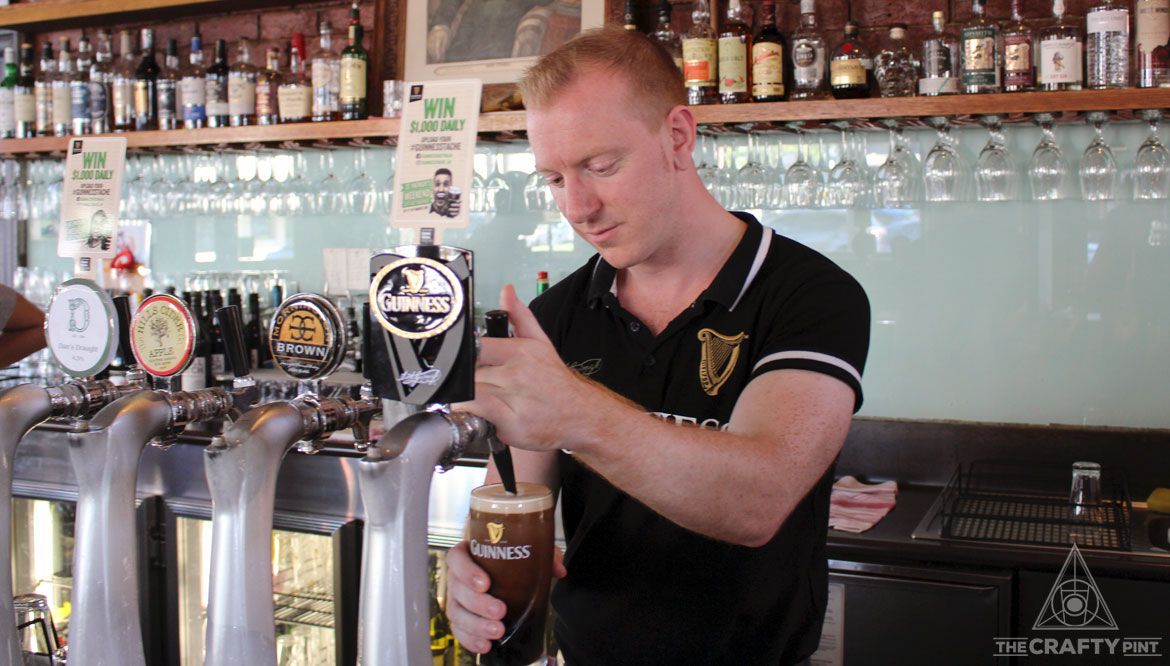
Global Guinness brand ambassador Domhnall (Don) Marnell (pictured above) says the beer’s international success is in part due to the various periods of emigration Ireland has experienced. The current population of Ireland is some six million, while the number of people with Irish ancestry in America alone is 32 million. According to the most recent census, the number of Australians who identify as having Irish heritage is more than two million. And it seems that, no matter where you travel in the world, you’ll come across an Irish pub at some point – pouring Guinness, of course.
“The Irish people have travelled, and with them we’ve taken our customs and our beer,” Don says. “People were leaving Ireland in search of work and more prosperous lives for themselves and their families.
“There’s so many people all around the world whose story, or the story of their family, began in the Emerald Isle, so St Patrick’s Day is the day to celebrate that.”
And, once you strip away the drunken leprechauns that tend to attract most media coverage each year, this remains at the heart of St Patrick’s Day.
“In school, I’ll always remember they got us to make little St Patrick Day wreaths and decorations," says Don. "It’s a proper festival we have like Thanksgiving in the USA.
“I always say, if you want to celebrate St Patrick’s Day because you have Irish heritage and you are proud of that then that’s fantastic. But there’s so much to be said for doing it the most responsible way possible; you’ve got to take care of yourself and those around you."

Whether it's March 17 – when literally millions of pints of Guinness are enjoyed in 150 countries – or any other day of the year, Don suggests Guinness can still connect international drinkers to Ireland.
“I think food can do it, wine can do it, music can do it and beer can certainly do it; it can transport you to a different place,” he says.
“When you hold a Guinness up on St Patrick’s Day and that festival and that communal atmosphere is around you, it immediately transports you back to an Irish pub where everyone is having a great time and the music is playing.”
Historically, St Patrick’s Day and Guinness have a long association with Australia, with Guinness transported across the ocean well before federation. As far back as the early days of the colony, Irish convicts marked St Patrick’s with rowdy parties, perhaps dreaming of the home they’d lost and what their new one would hold for them. And, by 1898, Guinness had appointed a "world traveller" to check on the quality of the beer in overseas markets, including Australia.
Throughout the 20th century in Australia, the day was marked by public parades, with Melbourne Archbishop Daniel Mannix – who rallied against conscription during World War I and Communists during a much colder one – often leading them.

Source: National Museum of Australia.
Today, streets in Australia’s cities are no longer closed for the day and celebrations have mostly moved to the nation’s bars. That will be as true as ever this Saturday, when pubs all over Australia – Irish or otherwise – will welcome green-festooned revellers, many sporting towering hats adorned with the famous Guinness harp, through morning, noon and night as the Guinness (and whiskey) flows in time with the music.
Among pubs of a crafty bent, few, if any, will celebrate as heartily or with quite as many customers as The Dan O’Connell, in Carlton. Appropriately for a pub named after an Irishman known as The Liberator, who spent his life campaigning for Catholic emancipation, The Dan, as it’s known to locals, has hosted one of Melbourne’s largest St Patrick’s Day celebrations for close to a century.
New owners took over last year: Kieran Yewdall and Michael Shaughnessy, who’ve run The Catfish in Fitzroy since 2013, and Carl Johnson, from Northern Git in Thornbury. They’ve since been bringing their expertise in delivering craft beer and good food to their new haunt but say they're keen to balance this with the pub’s traditions, maintaining the Irish focus around their biggest day of the year while injecting it with a shot of contemporary Melbourne.
“Everyone knows about St Paddy’s Day here,” Kieran says. “But, unfortunately, it has become a bit of a parody of itself, where everyone comes and drinks a Guinness and watches the U2 cover band – I don’t know that many Irish people who even like U2.”
While the pub’s promotion of Guinness will still be a large focus of the day, so too will Irish food and local Victorian breweries. As owners of The Catfish, both Kieran and Michael are no strangers to booking Melbourne bands so alongside Irish music you'll find Melbourne rock ’n' rollers too.
“We want to make it our own as well and reinvigorate what it should be,” says Kieran. “We’ll put on traditional music – a lot of traditional folk and dancing – but also have a Melbourne twist.”
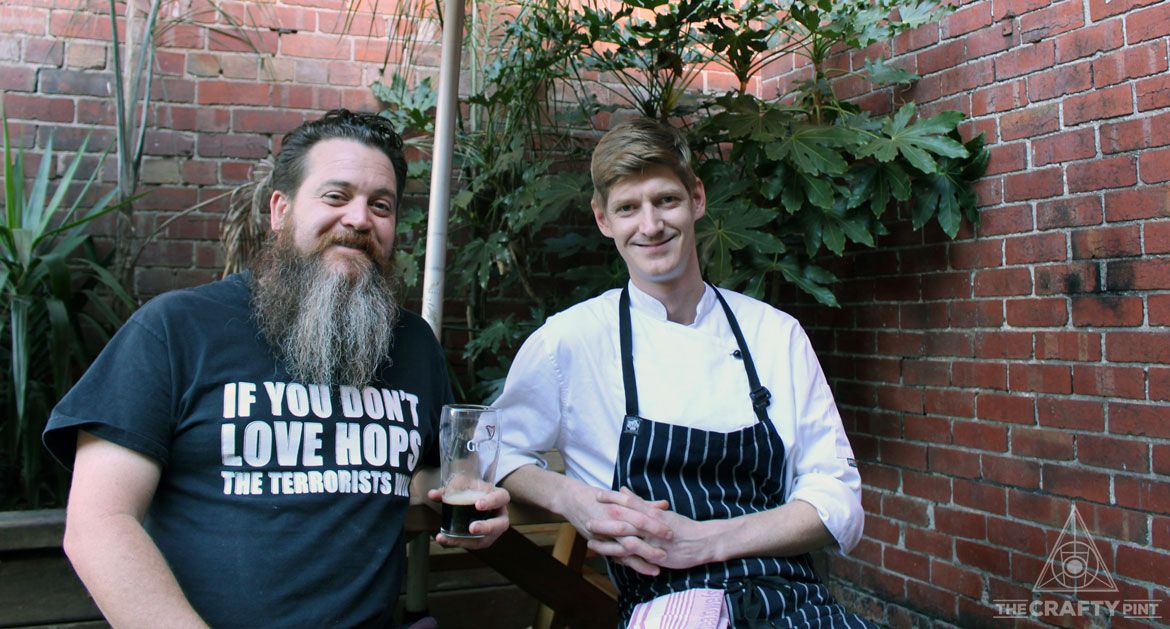
Kieran says taking over an old pub has posed its challenges, particularly when The Dan had started to become something of a quiet – and occasionally forgotten – old place.
“We don’t want to reinvent the wheel, we just want to make this one turn," he says.
“Ideally, we want to get to the point in time where we are that local corner pub again, where people know they can bring their dog or their family down here."
A need to move with the times in order to stay relevant is one that Guinness has been dealing with for generations too.
“The beer world changes, things come around and trends change, and then they come around again," Don says. "We’ve been making beer for 259 years, so we’ve seen a lot of different waves of modernity come in.”
Today, the drink isn't homogenous across the world: different alcohol percentages exist, for example; in Africa, it’s brewed with local grain sorghum; and in countries where religious beliefs eschew alcohol, you can find alcohol free Guinness. Don says there have always been people questioning changes at the company and its flagship beer, including the introduction of the now famous nitro carbonation, but says change isn’t something the historic company fears.
“Tradition and innovation are a delicate thing to balance. But, as we always say, we’re 250 years into a 9,000-year lease.”
About the author: Will Ziebell is a history graduate who finds the greatest use for his degree is telling anecdotes to anyone who will listen. Often they involve beer. He can be found on Instagram and Twitter.
You can find out more about The Dan's plans for March 17 here.


